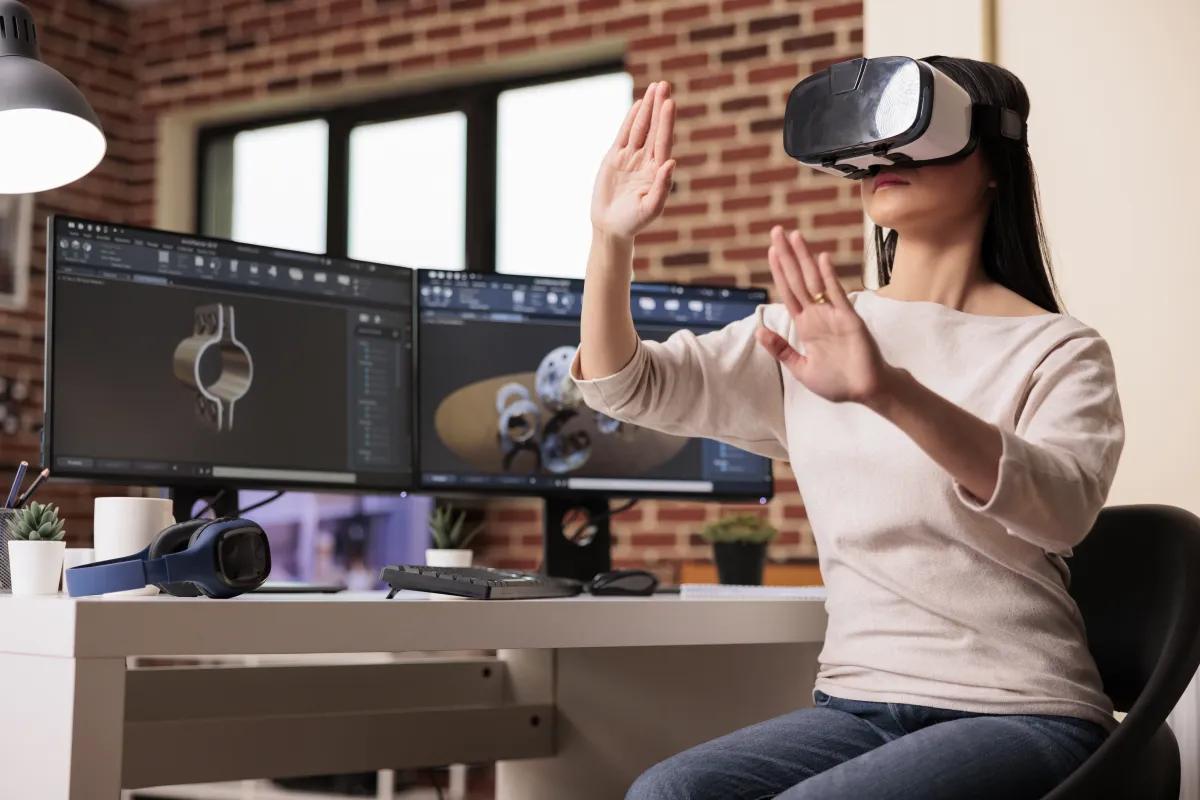Visualising Complex Engineering Problems
Engineering theories are some of the most complex theories known to humankind, as they should be. Such theories aim to model complex interactions within the physical world, specifically between humans and machines. These complex interactions involve the usage of advanced physics and mathematical knowledge, which in itself lends to the complexity.
One significant challenge often observed by engineering educators around the globe is how one can deliver complex theories to learners so that the knowledge is transferred efficiently. Most often, learners encounter issues in visualising these theories and “seeing” the application of such theories in real, everyday life.
To address the above, an effective method to assist learners in visualising complex theory is by “showing and telling” them how such theory is applied in the industry and involving them in simple “games” to design and build engineering systems that visualise it.
Industry involvement during the semester's teaching weeks best shows the application of theory in industry. Usually, the best-known methods involve industry in learning, applying, and assessing students' work. Involving industry in learning would involve organising guest lectures that address topical outcomes for a specific course.
In terms of applying what was learnt, the best way to execute this would be to organise an industry visit to see the theory “being put to work”. Finally, inviting industry-based engineers to assess students' work would lead to meaningful, real-world feedback that would benefit students' learning for the future.
In addition to the above, educators may also use manual, hands-on gamification approaches to enhance students' learning around complex theory approaches. In particular, activities can be planned in class, which encourages active participation from learners in designing and building an engineering system that utilises complex engineering theory to operate.
For example, chemical engineers must be able to design heat exchangers commonly used to exchange energy, leading to efficient energy utilisation for various processes. As one can imagine, designing requires a deep understanding of complex engineering theory surrounding the areas of Thermodynamics, heat transfer, and Fluid Mechanics.
For students to visualise what an actual heat exchanger looks like and show how one would work, the educator should create a simple gamification activity requiring them to design and build one in class. Raw materials would be necessary, and in this example, a set of PVC pipes and associated fittings were shared with students.
The students were then told to design a device that would exchange heat from a hot fluid to a cool fluid, noting that the cool fluid flows through one of the smaller PVC pipes. Using what they know, students sketch out their system onto a piece of paper and then use the pipes to construct what they’ve drawn. These are completed within a set timeframe of no more than 20 minutes.
It was interesting to note some of the designs that were created. It would then be the educator's job to explain which design aligns with the activity's objective and relate it to engineering theory.
The above represents some examples of how educators may use interesting learning techniques to enhance students' learning when it comes to assimilating complex engineering theory.
Professor Ir Satesh Namasivayam
School of Engineering and Technology
Email: @email




